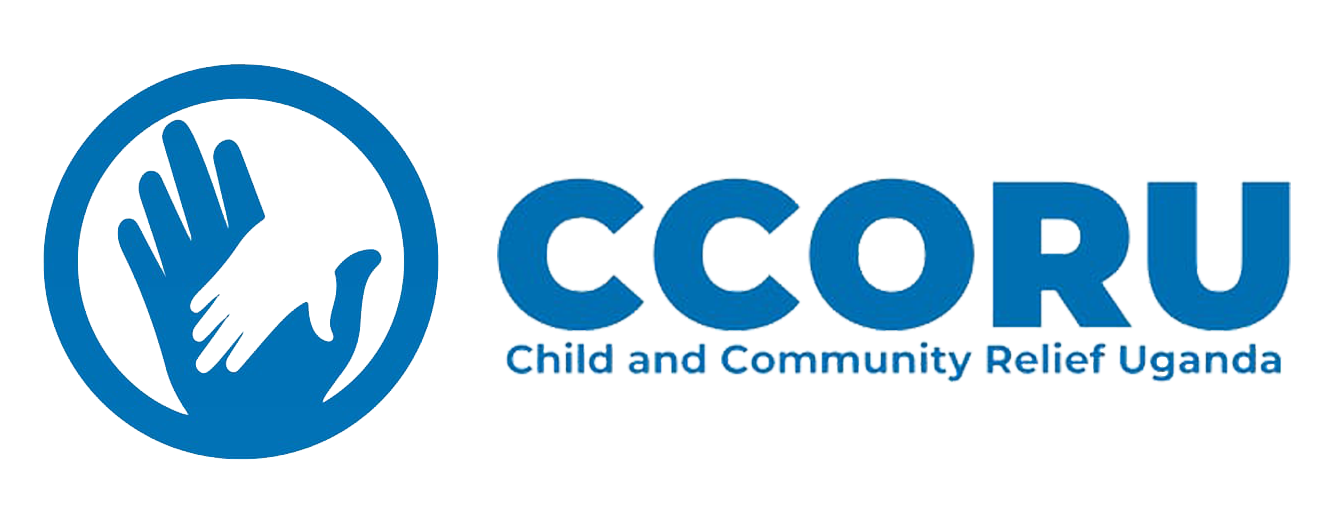The internationally recognised generic symbol for ‘disability’ is a graphic of a wheelchair user.
People often ask us, “When you say you work with disabled people do you mean physical or . . .” and then it arrives; the look of mild anxiety as the person grapples in vain to find, what they are sure must be the politically correct term for “the others”!
Just for information, the expression which we would favour at this point is “ . . . people with sensory or intellectual impairments?”
When thinking about, and indeed developing services for, disabled people the focus is so often on physical accessibility. The first thought is usually, physical obstacles are the only real barrier to inclusion! Surely everybody is included once we’ve got the right number of ramps and accessible toilets! But of course this is not true.
In a recent series of videos showing the progress that a young boy with cerebral palsy had made on one of our playschemes, the most obvious progress he had made was that he had had learned to walk. But that is by no means all that is evident in the video if you know what to look for.
During a very simple game of ‘catch’ the young lad (we shall call him Buba) can be seen and heard to be laughing as the playworker encourages him to catch the ball. This is little lad doesn’t have the muscular control and co-ordination to speak. He is unable to co-ordinate his arms, head and neck or to make any attempt at speech other than very basic sounds. In his culture, this lack of co-ordination is often interpreted as a sign of being less than human, perhaps part animal or ‘devil’. More than anything else, what first convinced some of our playworkers that they were dealing with a ‘fully human’ child was the communication that spontaneously developed with Buba through the play process. Please note this communication was only through speech from one side of the conversation – Buba’s communication is through facial expressions (smiling, eyes wide open) physical movements (complying with instructions/suggestions) and laughter. Nonetheless, this communication and the play context it is in, is enough to change deeply held negative beliefs about this young lad. “We now realise these children are human!”
It’s a feature of play that we have written about before but almost because the playworkers are untrained in specialist skills, they have no alternative but to speak to Buba as they would any other child of his age and of course that turns out to be the best thing that they could do. Very quickly, the playstaff come to realise that although Buba cannot speak, he understands every word that they say to him – he can follow instructions in the playing of a game, he understands a joke when it is suggested that he throws the ball at the toubab (white man) holding the camera.
This simple example shows us that a much more important priority if we can hope to even begin to lay the foundations of Inclusion, is communication.

